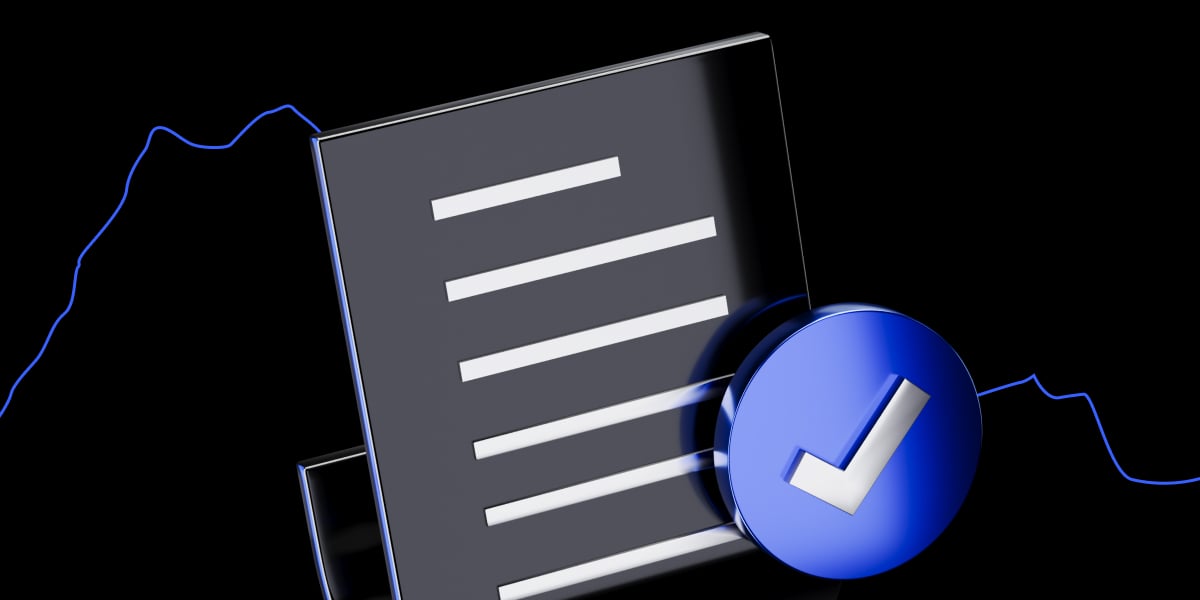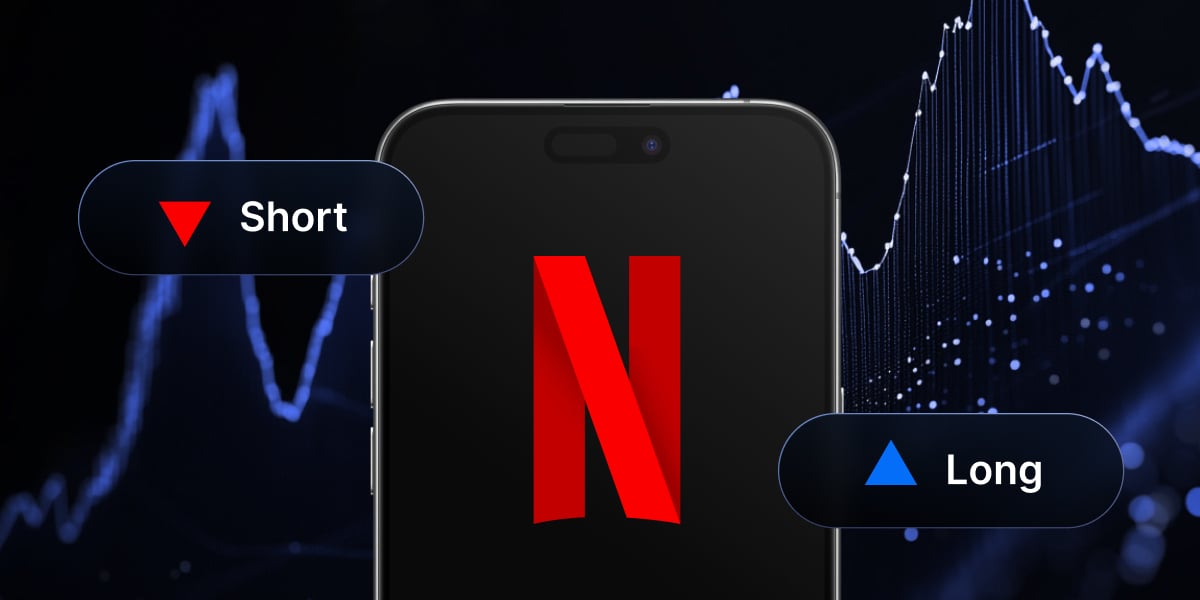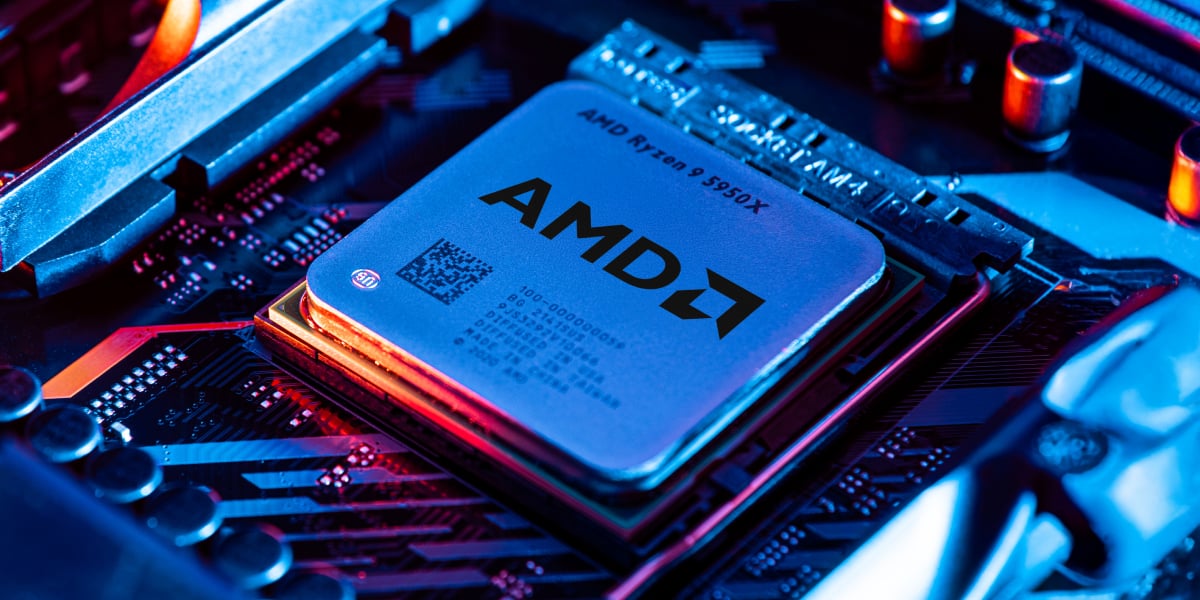NFTs have become extraordinarily popular over the last several years, with savvy digital art collectors and investors. The sale of digital artwork for staggering amounts has sparked speculation in the NFT marketplace. While it’s uncertain if this is a transient trend or a bona fide investment category, the initial momentum appears encouraging.
What Is an NFT?
NFT stands for non-fungible tokens, which can be bought, sold, or traded. It’s used for artwork and in-game assets for virtual worlds. Each NFT has its code stored on the blockchain.
Some people look at NFTs as digital trading cards, each one being one-of-a-kind. This is not like typical digital assets like Bitcoin, as there is only one of them, with no copies. This provides the rarity of the digital asset from its inception.
How Does NFT Minting Work?
NFT uses a process called “minting” to put the assets on the blockchain. The process is as simple as deciding where and how you want to produce the token. You connect your digital wallet and a blockchain network and then “mint” or create the assets.
Once the asset is on the blockchain, it is considered “minted.” It can now be listed for sale, kept as a receipt for a certificate of ownership, traded, or even sent to someone else with a wallet.
“Minting” is a standard and automated process on an NFT marketplace, but some will choose to hardcode the NFT and put it on the blockchain themselves. Granted, that takes much more work than is necessary and is rarely done.
What Are the Benefits of Minting an NFT?
While the world is still trying to figure out the potential benefits of minting an NFT, there are a few common factors and benefits to this process, including:
- Democratize ownership: Creating an NFT allows multiple parties to stake ownership in digital assets. For example, through this process, you could have fractionalized ownership of the Mona Lisa.
- Sell unique assets: You can sell stakes in assets, making it possible for artists to receive a cut of each future sale of said assets. This is especially interesting for music, as it creates an automatic royalty stream.
- Store/preserve value: You can store the value of an asset tangibly, much like a physical coin can be mentored with a specific amount of precious metals. Preserving value digitally is considered safe, as the security of the blockchain is unquestionable, and there is a built-in scarcity of NFTs.
Factors to Consider Before Minting an NFT
Minting an NFT may seem relatively easy, but there are a few things that you need to think about before doing so. Even though you are adding your NFT to a blockchain and providing digital scarcity and proof of ownership, you should ask a few questions about the process before you commit to it.
Blockchain Platform
The first thing you need to think about is which blockchain you choose to mint the NFT on. You can use multiple blockchains, the biggest one being Ethereum. However, others include Polkadot, Tron, WAX, Cosmos, EOS, and many others.
While Ethereum continues to lead in volume, costs related to working with the Ethereum blockchain have had people looking for other blockchain solutions, and it’s probably worth noting that they are starting to catch up. As adoption continues to grow, most of these different blockchain ecosystems will likely also.
The Ecosystem of the NFT
Make sure the platform you choose can handle NFT transfers and sales across several blockchains. After all, not everybody is on the same blockchain, so you need to open up the possibility of more volume than you will find on a lesser-known blockchain. After all, if you are trying to sell your NFT, a lesser-known solution may not be the correct path.
Platform Costs
Make sure that the platform you are using is affordable. After all, if you are an unknown artist, it may not make sense to spend a couple of hundred dollars to print an NFT if you aren’t even sure whether or not there will be interest. Cost becomes a significant issue for most involved.
NFT Marketplace
On the Ethereum blockchain, developers have massive amounts of NFT platforms to choose from. Rarible, Mintable, and OpenSea are some of the largest platforms in the market. If you choose another blockchain, make sure the marketplace attracts traffic.
How to Mint NFTs
While each marketplace may be slightly different, there are some fundamental and straightforward steps to minting and NFT. The steps below give you a “30,000-foot overview” of what it takes to put your NFT in a marketplace.
Create a Unique Asset
You will need to create a unique asset that is worthy of listing. Once you create the asset and wish to sell it, you can begin the process of “minting and NFT.” The most common asset will be digital art, but music has also been extensively used. Either way, make sure you believe people will buy.
Buy Tokens
You will need crypto to deposit in a non-custodial wallet. This will be used to pay for any fees on the NFT marketplace, including gas fees, listing fees, and perhaps even a percentage of sales, if necessary. You will decide which tokens you need to buy depending on the marketplace you use.
You will buy tokens like any other crypto transaction through an exchange. You will then transfer those tokens to your wallet unless the marketplace sells the needed tokens directly, making this step a moot point.
Deposit Crypto into a Non-Custodial Wallet
You will need to pay for any transaction on the blockchain. This means that you will have to pay for the blockchain’s computing power. This is known as a “gas fee,” so keep an eye on the required transaction fees, as they can’t be higher than you might expect.
Make sure you have purchased Ethereum or another crypto depending on the app, and deposit it into your wallet. Sometimes you can buy crypto directly from the marketplace; others require you to obtain it externally.
Choose and Add Assets to an NFT Marketplace
Choose which assets you will list on the NFT marketplace and upload them via the website. The uploading process will be like any other online website you have used before, so this should not take more than a few moments. Once you upload the assets, there is generally a straightforward process to list them, including writing a description, setting the sale price, or auctioning if you choose to go that route.
Add Your Assets to the NFT Collection
Adding your assets to an NFT collection is simply a matter of uploading and then putting them out on the marketplace itself. This is typically just a few clicks, as the marketplace will be set up to facilitate the entire transaction itself. Once you have “put it up for sale,” it’s a matter of attracting enough interest to have people pay for it.
Conclusion
NFT marketplaces are growing in popularity, and it’s more likely than not that we will continue to see adoption. However, you should remember that the NFT economy is still in its infancy, so it’s challenging to understand where we may go over the next few years. In other words, it’s “buyer beware” currently.
For artists, musicians, content producers, videogame developers, and many others, the NFT marketplace opens up the possibility of monetizing work long after the original sale has occurred. Going forward, this could be a boon for the artistic community, but we will likely expand far beyond art.
For example, there is a push to create NFT tokens for property ownership in the real world. We have already seen NFT tokens offer property ownership in the metaverse, but that should be thought of as a precursor to what can happen in the real world.
Minting and selling NFTs can be profitable, but for the most part, it has been a “get-rich-quick scheme.” The real questions have not been answered. There is no assurance that anybody would be willing to buy what you put in a marketplace, but it is a relatively straightforward process. If you believe you have the talent to get people to pay for your work, then an NFT marketplace might make sense.
Can you lose money minting NFT?
Yes, there are fees involved, so if you do not sell your NFT, it will more likely not cost you money. It comes down to supply and demand like anything else.
Does minting a NFT cost money?
It can be done for free, but most marketplaces will charge you something. If nothing else, you will have to pay the “gas fees” to put the NFT on the blockchain. Also, you should beware that the fees involved in creating NFTs vary widely.
Is minting an NFT the same as buying?
No, minting an NFT means creating and putting it on the blockchain. Buying an NFT cannot be done until it has been created.
What happens after minting NFT?
The NFT is put on the blockchain and therefore is a public record of ownership. This is usually done through an NFT marketplace, although some have chosen to code the NFT itself using a coding language.
Are NFTs a good investment?
This remains to be seen. However, there has been a general decline in value throughout 2022. Whether or not that turns around in the future remains to be seen, so if you invest in an NFT, you should make sure that it is a small part of your portfolio.
How much does the average NFT sell for?
There have been NFTs that have sold for tens of millions of dollars and others that don’t sell at all. It’s like any other marketplace, where a handful of artists make the most money while others may make a little bit here and there. There is no particular average.
How do I sell my art on NFT?
You sell your art via an NFT marketplace after minting the NFT itself. The NFT is a token of ownership, allowing the owner to prove custody, making it much like a deed to a house. However, there is no guarantee that you will be able to find a buyer.
The content provided here is for informational purposes only. It is not intended as personal investment advice and does not constitute a solicitation or invitation to engage in any financial transactions, investments, or related activities. Past performance is not a reliable indicator of future results.
The financial products offered by the Company are complex and come with a high risk of losing money rapidly due to leverage. These products may not be suitable for all investors. Before engaging, you should consider whether you understand how these leveraged products work and whether you can afford the high risk of losing your money.
The Company does not accept clients from the Restricted Jurisdictions as indicated in our website/ T&C. Some services or products may not be available in your jurisdiction.
The applicable legal entity and its respective products and services depend on the client’s country of residence and the entity with which the client has established a contractual relationship during registration.




